Description
With its Small Size and Striking Appearance, You’ll Find this Palm to be a Creative Landscaping Choice
The Bottle Palm Tree (Hyophorbe lagenicaulis) is a distinctive and highly sought-after tropical plant known for its unique, bottle-shaped trunk and elegant, arching fronds. Native to the Mascarene Islands in the Indian Ocean, this slow-growing palm is a favorite among gardeners and indoor plant enthusiasts for its compact size and minimal care requirements.
Caring for your Bottle Palm
The Bottle Palm Tree is a stunning, low-maintenance plant that can bring a touch of the tropics to your home or garden. By providing the right care and conditions, you can enjoy the beauty of this unique palm for years to come. Remember to be patient with its growth and to adjust your care routine as the plant matures and the seasons change.
Light
Bottle Palm Trees prefer bright, indirect light when grown indoors and partial to full sunlight outdoors. Avoid direct, harsh sunlight, as it can scorch the leaves. If you’re growing it inside, place it near a window that receives ample light throughout the day.
Water
The key to watering Bottle Palm Trees is to let the soil dry out slightly between waterings. Overwatering can lead to root rot, so ensure the pot has good drainage. During the growing season (spring and summer), you may need to water your palm more frequently, while in the winter, water sparingly. Being a tropical plant, the Bottle Palm prefers high humidity. Indoor environments can often be too dry, so consider using a humidifier or placing the pot on a tray filled with pebbles and water to increase the surrounding humidity.
Fertilizer
Feed your Bottle Palm a balanced, slow-release palm fertilizer every three months during the growing season. Ensure the fertilizer includes essential micronutrients like magnesium and iron, which are crucial for palm health. Avoid over-fertilizing, as this can harm the plant.
Soil
The ideal soil for Bottle Palm Trees is well-draining and rich in organic matter. A mix designed for palms or cacti is a good option, as it ensures proper drainage and aeration. When the plant outgrows its pot, typically every 2-3 years, transplant it into a slightly larger container. Be gentle when handling the root ball to minimize stress and damage to the plant.
Pruning and Maintenance
Pruning is minimal with Bottle Palm Trees. Remove only the dead or damaged fronds to keep the plant looking tidy and to encourage healthy growth. Use clean, sharp pruning tools to prevent any potential disease spread.
Pests and Diseases
Bottle Palms are relatively resistant to pests and diseases, but they can occasionally be affected by spider mites, mealybugs, and scale insects, especially when grown indoors. Regularly inspect your palm for signs of infestation, such as sticky residue or discolored leaves. Treat infestations promptly with insecticidal soap or neem oil.

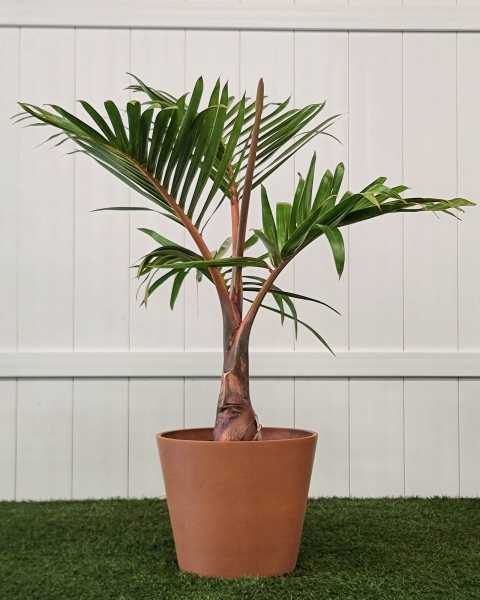
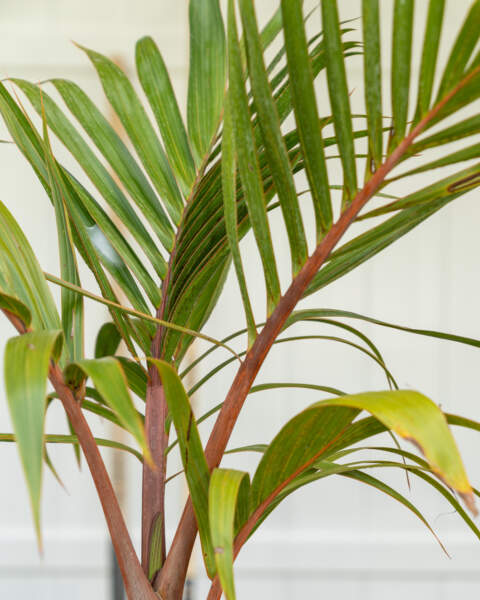
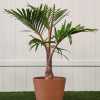
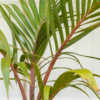
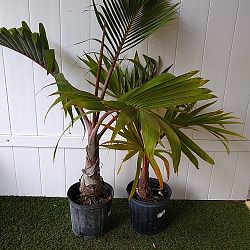
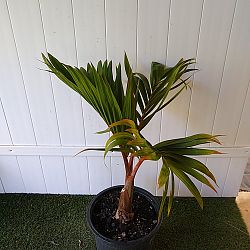
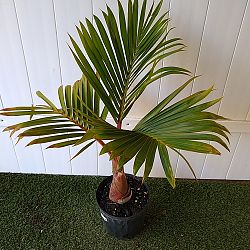
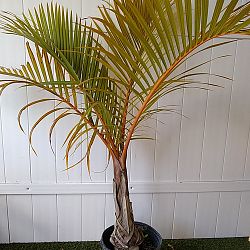


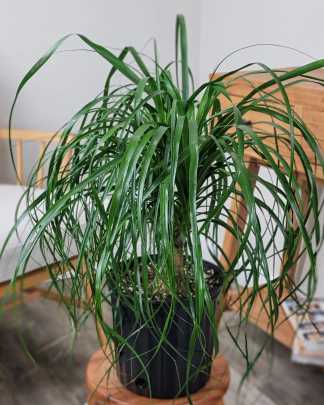
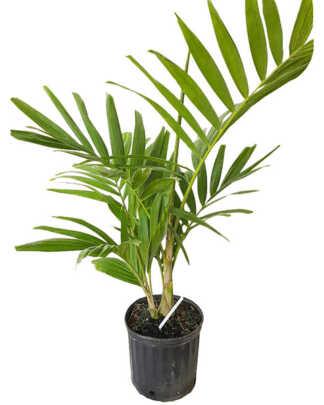
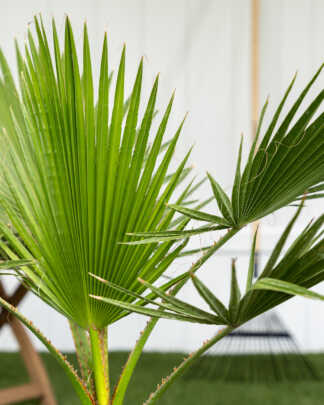
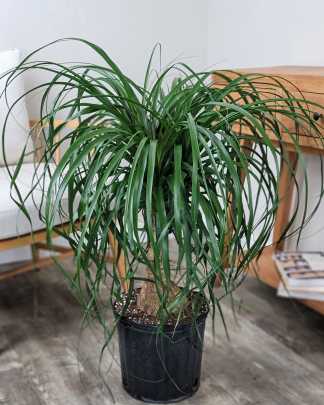
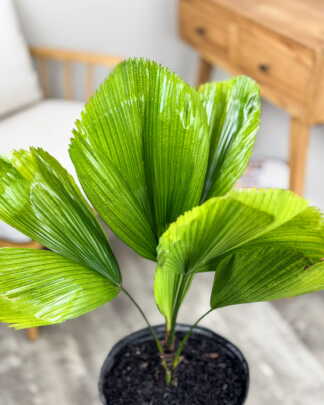

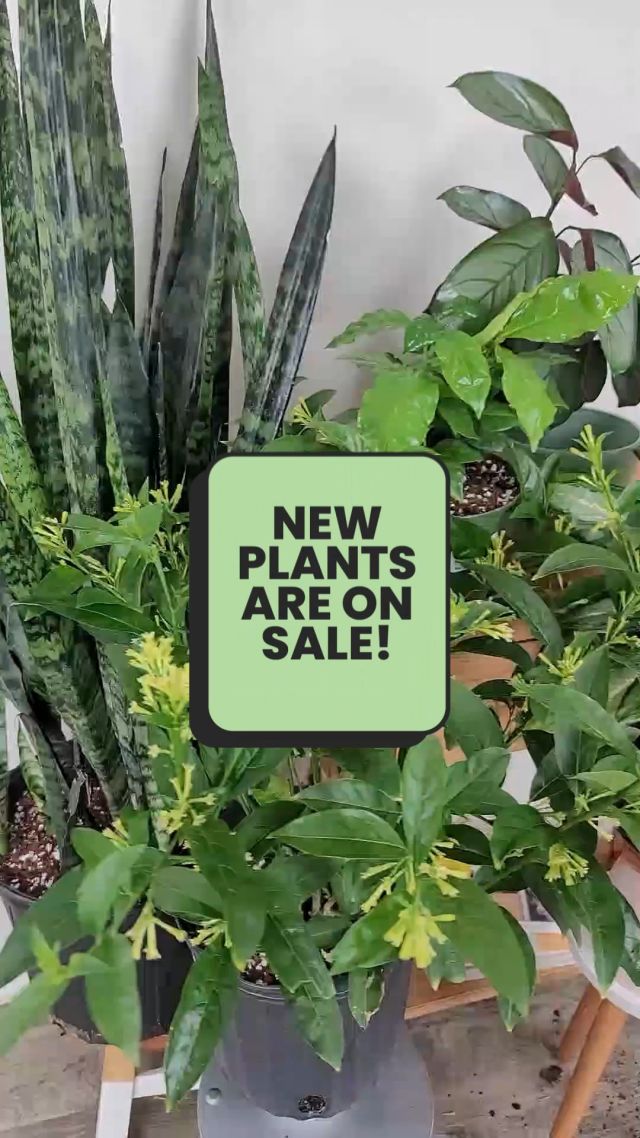
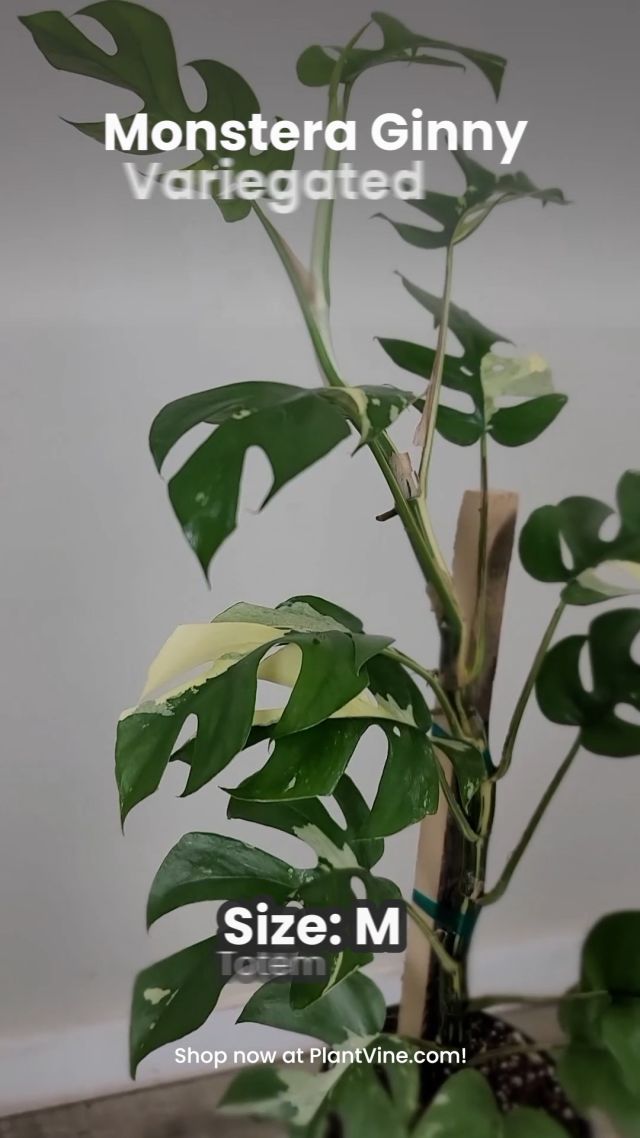
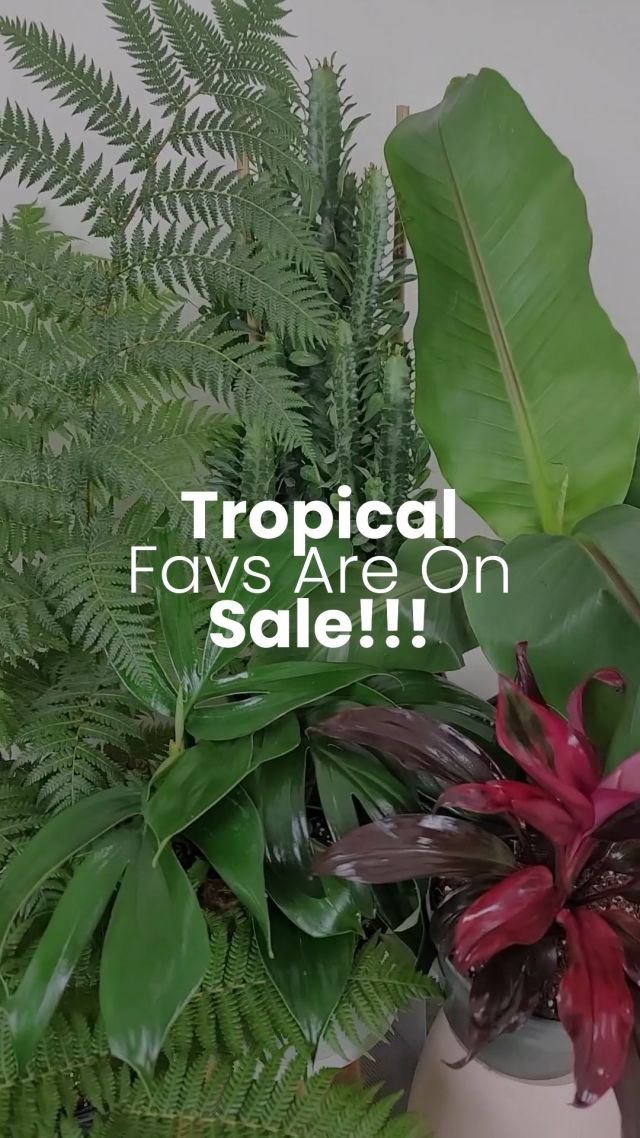

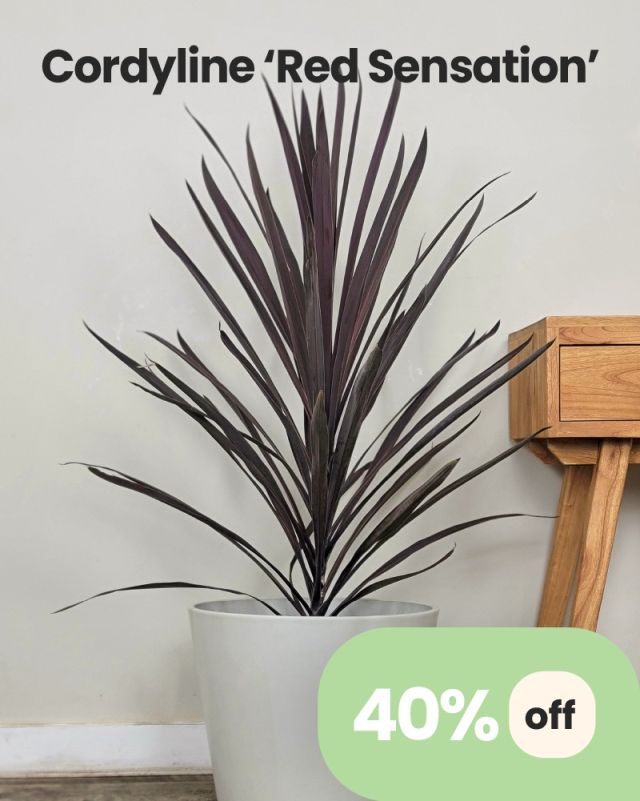
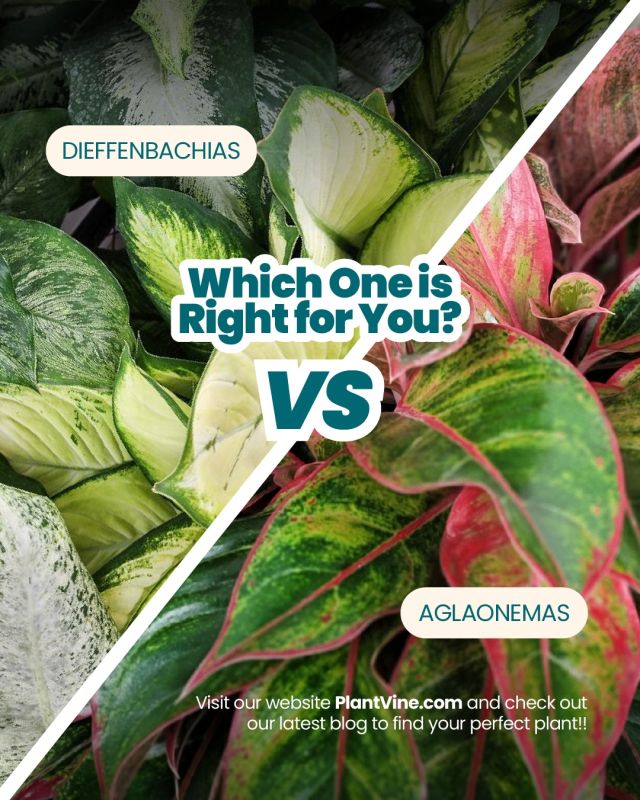
Jason S. (verified owner) –
Beautiful tree, good price, ill be back
Rachel (verified owner) –
Beautiful, elegant, healthy, tall and gorgeous palm. She is a treasure and I love her. PlantVine has earned themselves a very happy and loyal customer!
Laurie (verified owner) –
The plants are perfect.
michael mislan (verified owner) –
its a big palm healthy the only complaint is that one of the fronds was cut
Jessica (verified owner) –
Plant came in great condition minor leaf damage in one of the leaves but looks great
Laurie S. (verified owner) –
My plant are fantastic and exactly like the picture.
Patricia (verified owner) –
Plant was healthy and in good shape. Such a beautiful palm. I love Plantvine your plants are amazing and i plan on being a repeat customer. Thank you!!!
Ricardo Rodriguez (verified owner) –
Very happy with everything,hope it grows here in San Antonio…Thank you
Anonymous (verified owner) –
Sam (verified owner) –
Came carefully wrapped and packaged just like my bismarckia that I ordered. Came way bigger than I expected, and is now doing great.
Conrad & Tabby (verified owner) –
Arrived happy and packaged well. Would definitely buy from them again!
LAARNI F FARRALES (verified owner) –
very pretty came in good condition and the packing was packed really good.
Jaymie (verified owner) –
My palm was packed beautifully and arrived in great shape physically, however, a few of the leaves arrived with some yellowing and brown spots on them. Overall, I love the tree and hope to get to the bottom of what is going on with the yellowing/brown leaves.
Karen Gaylor (verified owner) –
He’s a beautiful palm. Looks like a lil rust on some leaves but the rest of plant is beautiful. Im never disappointed when I order from you!
Sean (verified owner) –
Wonderfully healthy, beautiful palm. Came with nice color to the fronds, though a few of the lower ones are yellowing. Has a slight trunk, with the characteristic bulge at the bottom. Very pleased!
However, it has a HUGE root coming out of the drainage hole, so it’s going to need a repot this summer.
Michael T. (verified owner) –
Received this bottle palm in perfect condition. I ordered it and it came fast, boxed nicely and I love it. I will be using plantvine again. For more palms. Thanks.
Debbie Collins (verified owner) –
Very nice palm tree